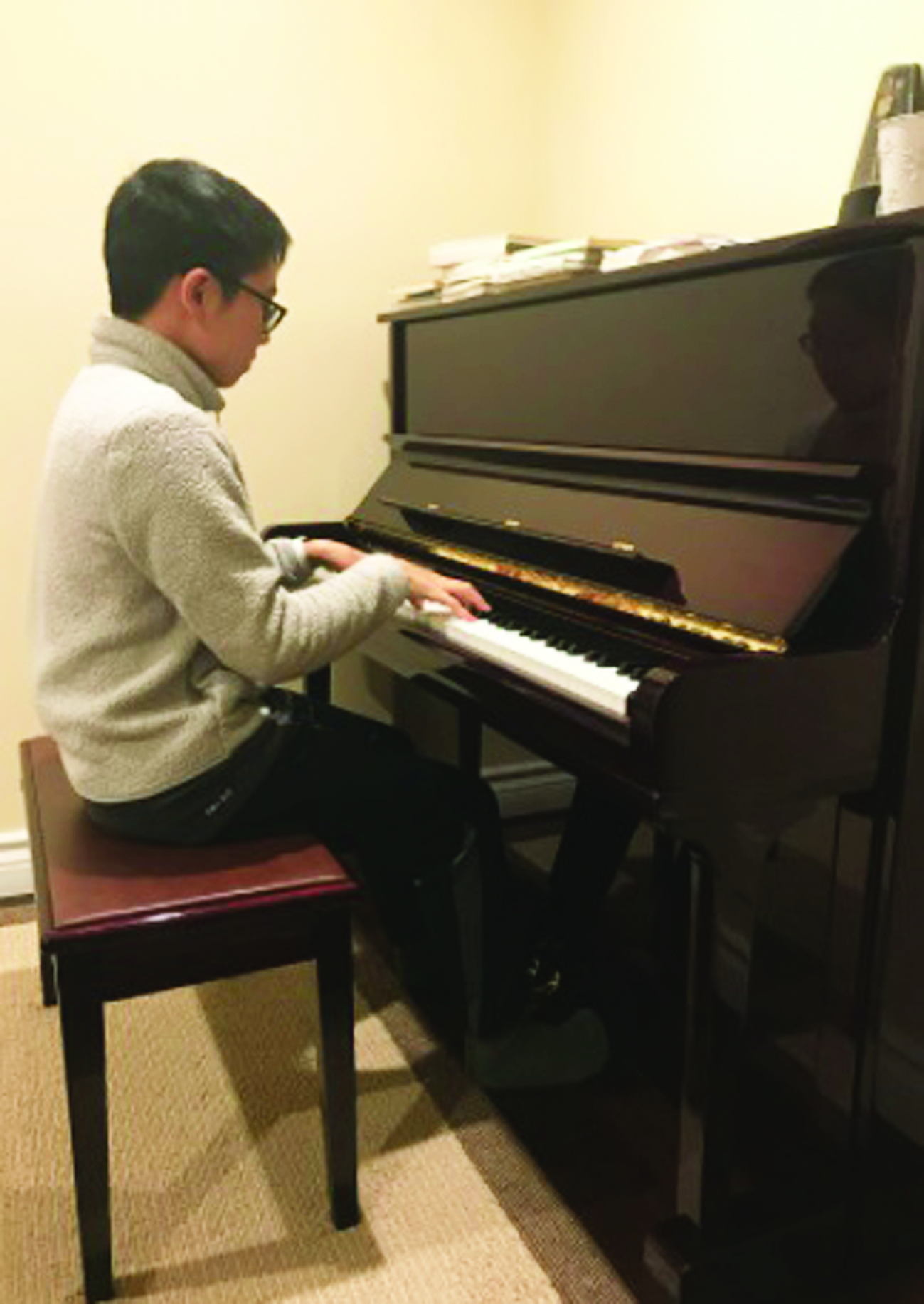It’s rare that art is looked upon as a useful profession in society. Certainly, it doesn’t garner a reputation for being well-paying – which is why you’ll hardly find parents telling their children to be artists rather than doctors or engineers. And why would it? To many of the population, art has long been the province of the starving creatives, the eclectic individuals who would sooner find sustenance in words and pictures than a livable wage. A fun hobby, but hardly anything more than that.
Is this viewpoint completely fair? With the exception of the most well known, it is true that artists aren’t paid high salaries. I’d argue, however, that the price that we place on artists – even mediocre ones – far underestimates their real value, monetary or otherwise. Looked at a certain way, artists are just as necessary as doctors and engineers – indeed, they are essential to a healthy and functioning society.
What does art do? On the most basic level, it serves to entertain. All forms of entertainment, from books to television shows, these are all art, and indeed they have been influential in shaping the world that we live in today. Art as entertainment has molded social trends, influenced political attitudes, and in this time of COVID-19, provided a sorely needed escape from the reality that we are forced to deal with daily. This is an immensely valuable service, and an economically important one.
Of course, these are commercial forms of art, but art exists also as that which we, as individuals, create. Here, art also fulfills that role of entertainment. There is no doubt that it is immensely fulfilling to paint a canvas or write poetry. This type of art often does not depend on how many people see the work, rather, the act of creation itself provides a sense of satisfaction. Naturally, this is something that is useful from the perspective of mental health. Yet it is also useful in a way that goes far beyond that of mere entertainment – and it is this second utility of art that is far more important.
Art is creation, and creation demands an active ear. Every piece of artwork that is created is the result of many influences, from the perspective of the artist to the setting in which they live. In this sense, art can be considered to record societal change. Yet it does something more than that – this is art, after all, not stenography. Art provides a unique, irreplaceable lens through which these observations can be viewed – a lens that in some respects changes the observations themselves, or allows us to better understand them. This lens comprises many things; it may be the style that the artist pursues, or the genre of the work, or the way in which the subject is portrayed. What is important is that the subject of the art is altered in such a way that elicits a reaction. The artwork inflames; inspires; incites. It forces us to look at society and consider it in a different light. The artist’s message comes through, and we are forced to listen.

